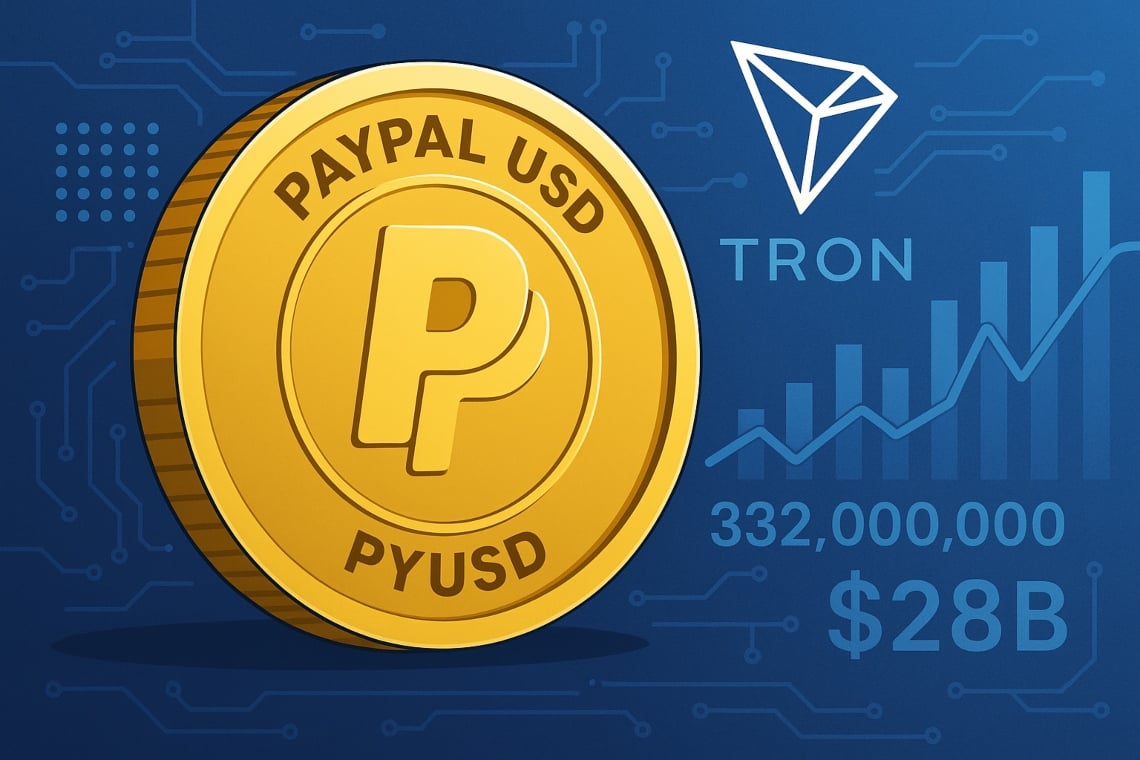Starknet rolls out native Bitcoin staking on mainnet
Starknet, the ZK-proof layer-2 solution for Ethereum, has rolled out Bitcoin staking on its mainnet, allowing BTC holders to participate in network consensus and earn rewards.
- Starknet has launched native Bitcoin staking on its mainnet, becoming the first Layer 2 to offer trustless BTC staking with full asset custody.
- The rollout is supported by a 100 million STRK incentive program aimed at boosting BTC liquidity, stablecoin borrowing, and DeFi activity.
- Starknet has partnered with Re7 Labs to launch a Bitcoin Institutional Yield Fund for institutional and retail users.
Bitcoin staking has officially gone live on Starknet. In a Sept. 30 announcement on X, the network confirmed that BTC holders can now stake their assets without giving up custody, earning rewards while helping secure the network.
The rollout follows its Sept. 15 upgrade and delivers on the earlier roadmap for BTCfi, first outlined in June and formally approved through governance in August. Wrapped Bitcoin assets such as WBTC, LBTC, tBTC, and SolvBTC can now be staked, contributing up to 25% of network staking power.
The network now offers Bitcoiners a sustainable yield source in a rollup environment, aligning BTC with its consensus and decentralization efforts.
Alongside the rollout, Starknet also welcomed Re7 Labs as a core contributor to its ecosystem. Re7, a DeFi-focused investment firm with over $1 billion in AUM, is among the most active liquidity providers in the space. The firm is launching a Bitcoin Institutional Yield Fund on the network, offering institutions access to both on-chain and off-chain BTC yield strategies.
Retail investors can also access the same strategies through MidasRWA, a tokenized version of the fund, helping to build a unified and inclusive BTC DeFi ecosystem.
To boost capital efficiency, Re7 has introduced an Automated Liquidity Market Maker (ALMM) on Ekubo for BTC, ETH, STRK, and stablecoin pairs. This will allow anyone to provide liquidity and earn rewards.
Starknet unveils 100m STRK program for Bitcoin staking
To accelerate adoption, the network announced a 100M STRK incentive program, targeting BTC wrapper liquidity, lending, and stablecoin borrowing. The goal is to make Starknet the cheapest place to borrow against Bitcoin, driving capital efficiency and usage.
Furthermore, the platform announced new integrations with LayerZero, BitGo, and Stargate, aimed at enhancing accessibility and cross-chain connectivity, including upcoming support from.
You May Also Like

Nvidia Partners with Former Crypto Miner Nscale for UK AI Infrastructure Project

Top Crypto Coins to Invest in October 2025: AlphaPepe Presale, Chainlink Growth, and Ethereum Momentum
